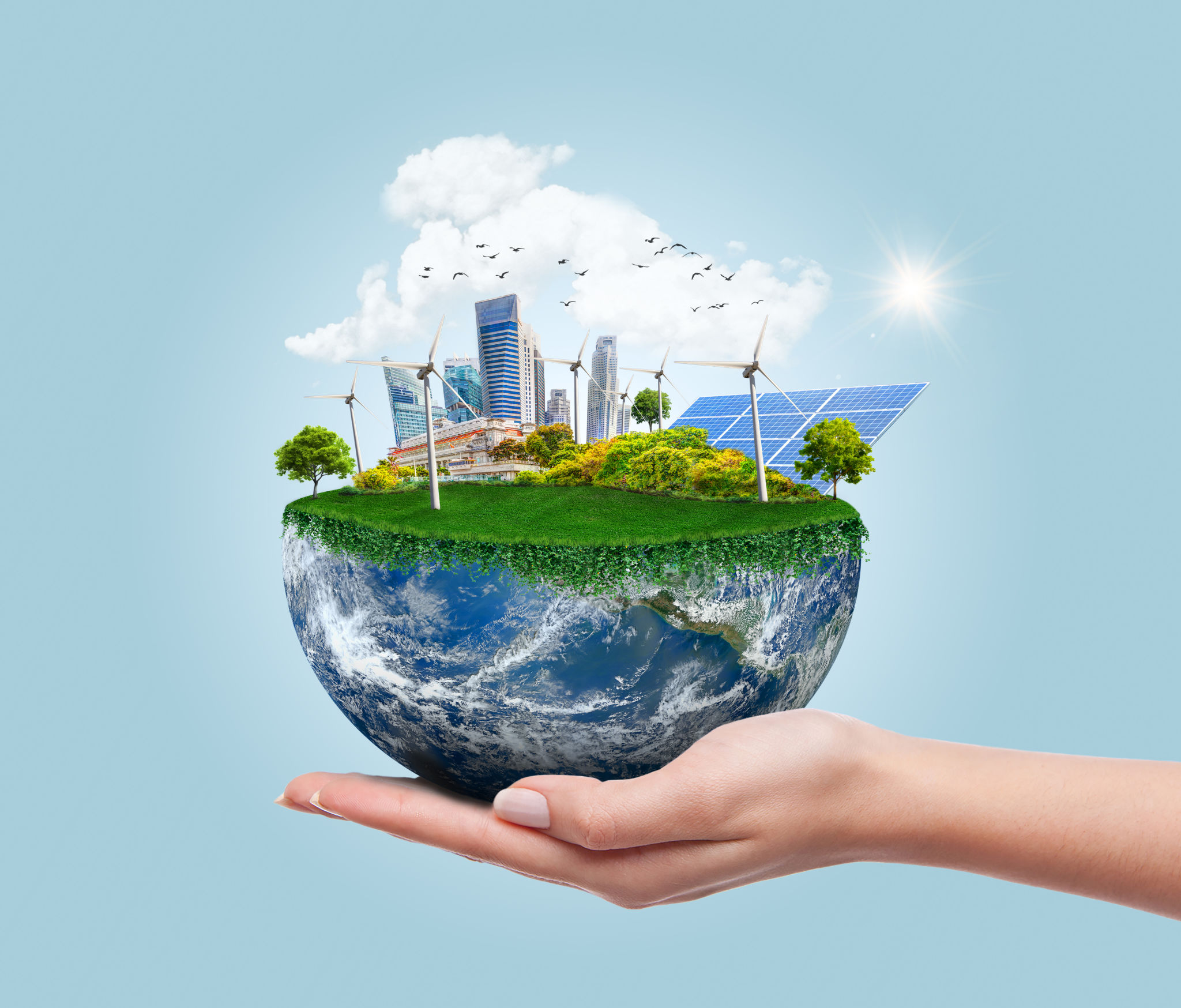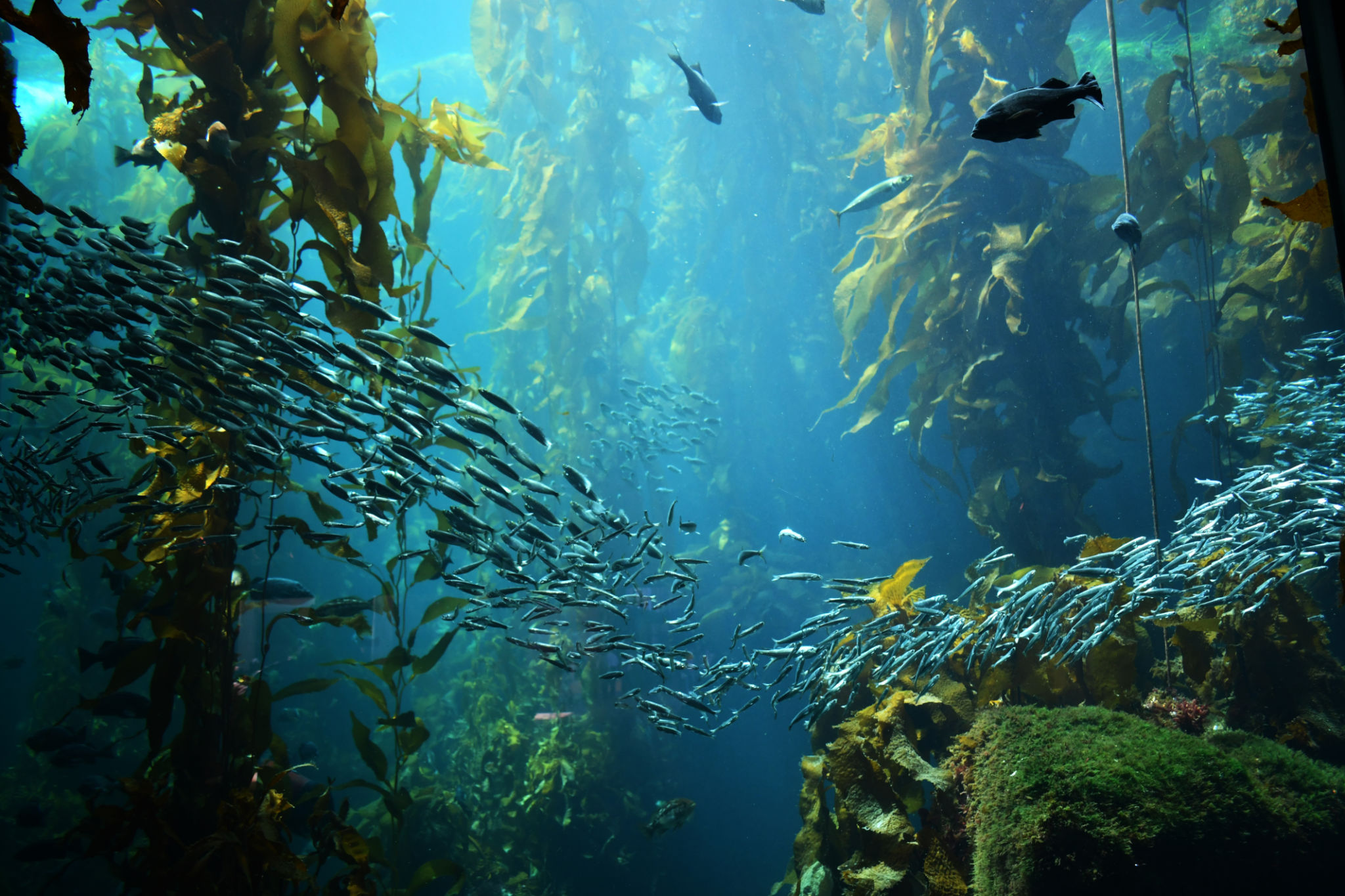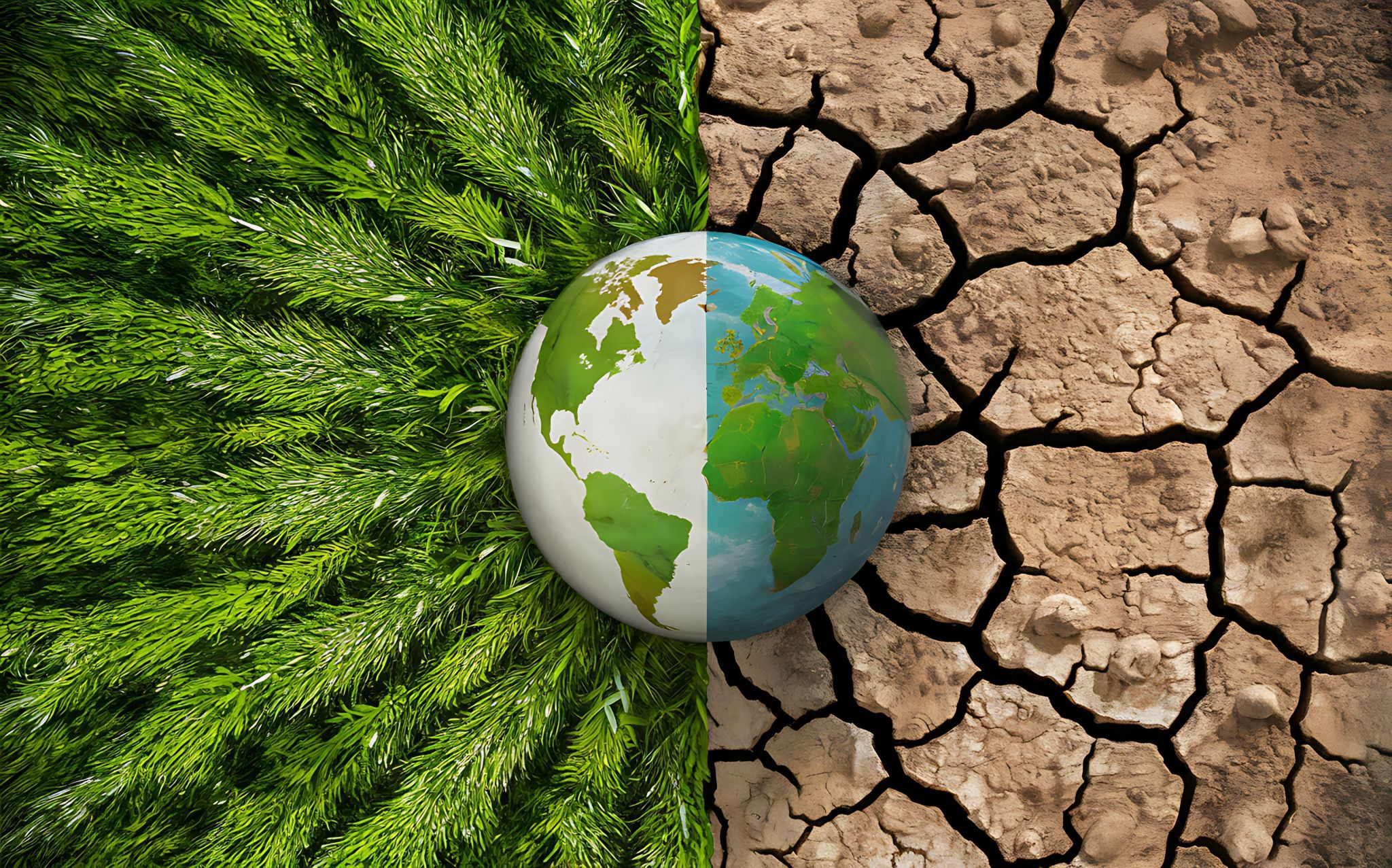Understanding the Environmental Impact of Eko Atlantic Developments
Introduction to Eko Atlantic
Eko Atlantic is an ambitious development project located in Lagos, Nigeria. Planned as a new financial and commercial hub, it aims to offer a modern living environment with state-of-the-art infrastructure. However, as with any large-scale urban development, it is crucial to examine its environmental impact to ensure sustainable growth.
Built on reclaimed land from the Atlantic Ocean, Eko Atlantic is designed to combat erosion and flooding in Victoria Island. While the project promises economic growth and improved infrastructure, it also raises several environmental concerns that need critical attention.

The Impact of Land Reclamation
Land reclamation is the process of creating new land from oceans, seas, or riverbeds. For Eko Atlantic, this involved dredging millions of tons of sand from the ocean floor. This can have significant environmental repercussions, including disruption of marine ecosystems and alteration of natural water flow patterns.
Moreover, the removal and relocation of marine sediment can affect water quality and marine life. The disruption of habitats may lead to a decline in biodiversity, which is why continuous monitoring and adaptive management strategies are essential to mitigate these impacts.
Effects on Marine Ecosystems
The marine ecosystems near the Eko Atlantic site have experienced changes due to dredging activities. Such disturbances can lead to the displacement of marine species and the destruction of coral reefs. Protecting these ecosystems is vital for maintaining ecological balance and supporting local fishing communities that rely on these resources.

Flood Prevention and Mitigation
One of the primary objectives of Eko Atlantic is to provide a solution to the persistent flooding issues in Lagos. The development includes a massive sea wall, known as the Great Wall of Lagos, designed to protect the city from rising sea levels and storm surges.
Although this infrastructure offers a layer of protection, it is important to consider its long-term effectiveness as climate change progresses. Investing in adaptive infrastructure that can evolve with changing environmental conditions is crucial for sustainable urban development.
Climate Change Considerations
The rising threat of climate change poses challenges for coastal developments like Eko Atlantic. As global temperatures rise, so do sea levels, which could potentially compromise the effectiveness of flood prevention measures. Integrating climate-resilient design and construction practices will be key in ensuring the longevity and safety of such developments.

Sustainable Urban Planning
Sustainability in urban planning involves balancing development needs with environmental preservation. For Eko Atlantic, this means incorporating green spaces, energy-efficient buildings, and sustainable transportation options into the urban landscape.
Promoting public transport, bicycle lanes, and pedestrian-friendly areas can reduce reliance on fossil fuels and decrease carbon emissions. Additionally, implementing renewable energy sources like solar and wind can further enhance the sustainability of the development.
Community Engagement and Awareness
Engaging local communities in the planning and implementation process is essential for successful sustainable development. By fostering awareness and participation, residents can contribute to decision-making processes and ensure that their needs are met while preserving the environment.

Conclusion
Eko Atlantic represents a significant step forward in urban development for Lagos. However, understanding and mitigating its environmental impact is crucial for ensuring its success as a sustainable city. By addressing concerns related to land reclamation, marine ecosystems, flood prevention, climate change, and sustainable planning, Eko Atlantic can serve as a model for future developments around the world.
Through responsible practices and community involvement, it is possible to achieve a balance between urban growth and environmental preservation, paving the way for a brighter and more sustainable future.